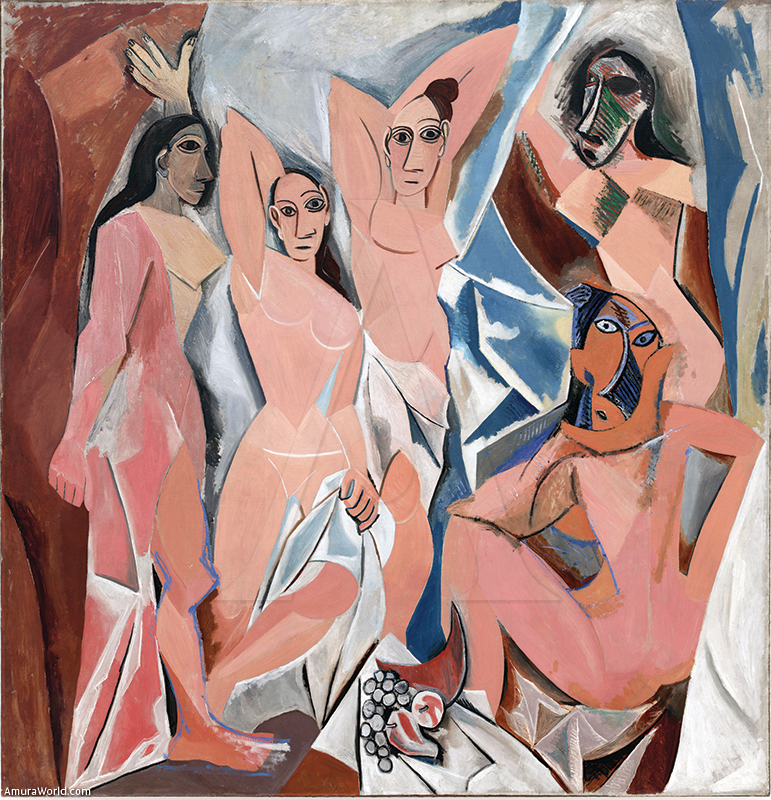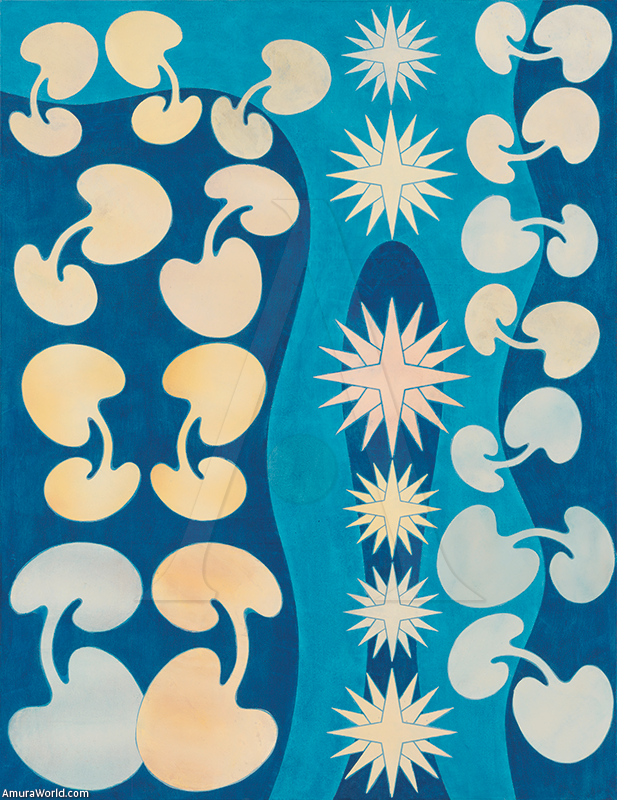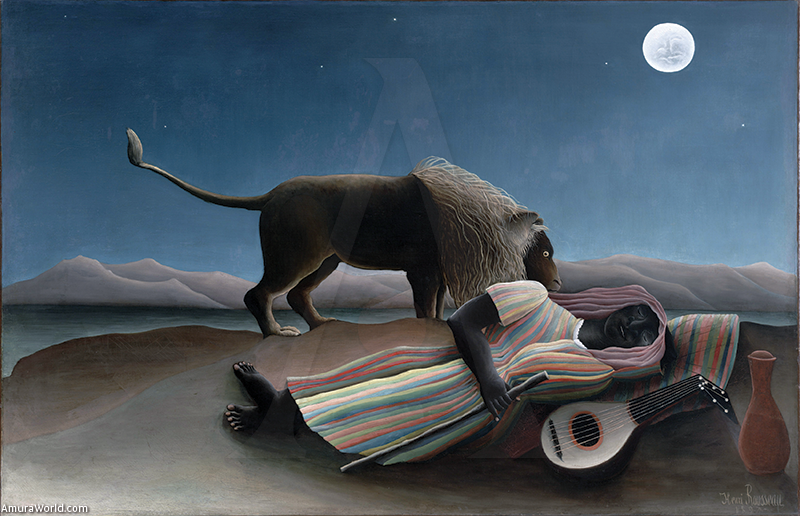{socialbuttons}
A tour through Modern Art
As part or the ongoing exhibitions at The Museum of Modern Art (MoMA) we can find two rooms with a series of paintings and sculptures that cover from the late XIXth Century until the 80´s of the XXth Century. The collection also has a third room that cover from the las two decades of the XXth Century until today.
The term Modern Art, although may seem broad, it is well defined in what belongs and what is a repercution of itself. This period/style includes artistic works produced during the period extending roughly from the 1860s to the 1970s, and denotes the trends and philosophy of the art produced during that era. Covering a century it only seems logic that Modern Art is more a statement, a philosophy than just a movement. The term is usually associated with art in which the traditions of the past have been thrown aside in a spirit of experimentation.
Modern artists experimented with new ways of seeing and with fresh ideas about the nature of materials and functions of art. The mayor tendency in the modern artist tends towards the abstraction. In the current years (from 1980- begining of the XXIst Century), recent artists redirect their production from Modern Art to Contemporary Art, often calling this productions as part of the Postmodern Art.
Alfred Hamilton Barr, the man who´s name praise the rooms, was an American art historian and the first director of the Museum of Modern Art in the city of New York. From that position, he was one of the most influential forces in the development of popular attitudes towards modern art; for example, his arranging of the blockbuster Van Gogh exhibition of 1935, in the words of author Bernice Kert, was “a precursor to the hold Van Gogh has to this day on the contemporary imagination.”
The first section of the collection is located on the fifth floor of the MoMA. It features a roughly span of the years 1880 to 1940. “Within an overall chronological flow, galleries highlight individual stylistic movements, artists, and themes, including Post-Impressionism, Cubism, the work of Henri Matisse, Claude Monet’s Water Lilies, and Surrealism, among other subjects.”
This section encircles the first great masters of the Modern Art with pieces as representative as Van Gogh´s The Starry Night (1889), the change of century is embodied in Paul Cézane´s Château Noir (1903-04). For more abstract compositions we can admire the cubism of Picasso´s Les Demoiselle´s d´Avignon (1907). And leave this section whit the view of F. Ernest Jackson´s poster For London Spectacle. London Transport (1935), one of the many pieces that put together advertisement, design and art.
The exhibition is in constant rearrangement of periodic and smaller exhibitions, this reinstallations allow the curators to present a wider range of artworks in different configurations: thematic, stylistic, by artists, etc. This vast collection reflect that there are countless forms to explore modern art.
For the second part of the collection, and exhibition, the fourth floor shows a span of arworks between 1940 to 1980. Paints and sculptures, arranged as well in a chronological flow, are dedicated to highlight individual stylistic movements, artists, and themes, which incluye Abstract Expresionism, Pop Art, Minimalism, Conceptual Art, a special emphasis to Marcel Broodthaers´ production, among other subjects.
In this section we can apreciate the complexity and strength of Jackson Pollock´s One: Number 31 (1950), or the abstract sensuality of Richar Hamilton´s Pin-up (1961), also the frighten image of the iconic Drowning Girl (1963) from Roy Lichtensteing and his comic style series.
The third part of the collection, dedicated to the latests artwork productions, takes part in other room of the MoMA. But this one does not belong to the Alfred H. Barr rooms. However, it is important to perceive this art pieces in order to understand the evolution of the art production until today. Not being part of Modern Art itself, this pieces show more Contemporary and Postmodern productions, but the influences are evident.
Continuing with the chronological arrangement of the fifth and fourth floors, this one (second floor) displays the MoMA´s collection from the 1980´s until today. This floor is separated in different galleries that focus on particular topics, “ranking from specific locales that nourished influential groups of artists to key strategies shared by diverse practitioners of the same generation”. Other rooms will display a single significant installation or artist’s project. This part of the collections featured artists like: Ashley Bickerton, Felix Gonzalez-Torres, Keith Haring, Martin Kippenberger, Steve McQueen, Senga Nengudi, Doris Salcedo, Rirkrit Tiravanija, and Rosemarie Trockel.
On the verge of Postmodern Art this last section allow the spectator to recognize, just to mention one example, Lautrec´s influence in contemporary artists, such is the case of Phillip Taaffe´s Necromancer (1989-90), and the subtle Art Déco inspiration of Doris Salcedo´s Untitled (1995).
The MoMA
The Museum was founded in 1929 as an educational institution, It is dedicated to being the foremost museum of modern art in the world.
“Through the leadership of its Trustees and staff, The Museum of Modern Art manifests this commitment by establishing, preserving, and documenting a collection of the highest order that reflects the vitality, complexity and unfolding patterns of modern and contemporary art”. The way to achieve this purpouses is by presenting exhibitions and educational programs of unparalleled significance, it also sustains a library, archives, and a conservation laboratory, all of them are recognized as internacional centres of research. The MoMA suports scholarships and publications of preeminent intellectual merit.
Text: Amura ± Photo:MoMA






